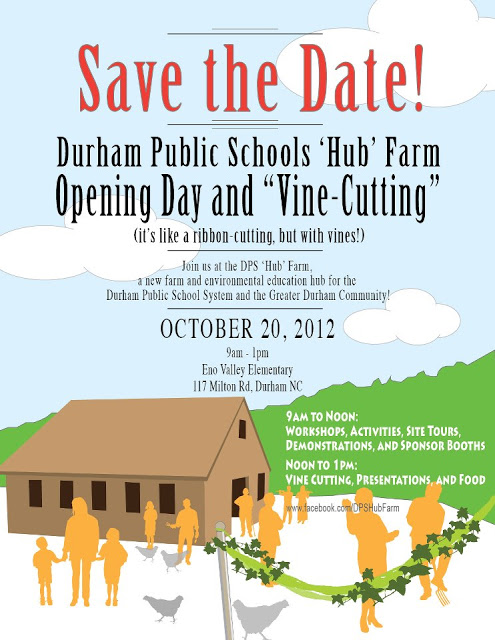Wierd and wacky animals of the world.
Happy Halloween!
In celebration of Halloween, the Smithsonian has posted an article called, "The Scariest Monsters of the Sea." Below are a few highlights as well some others from National Geographic:
Red Octopus (Stauroteuthis syrtensis)
 |
| Photo: David Shale |
"This red octopus is eerily beautiful. Found in the deep Atlantic waters off the U.S. Coast, the eight arms of Stauroteuthis syrtensis are connected by webbing that it uses to swim. Rows of glowing bioluminescent suckers trail down its eight arms and glow in the deep-sea. Scientists think these glow-in-the-dark suckers may be used to attract planktonic prey like insects drawn to a light. The species has been recognized for at least 100 years, but it wasn't until 1999 that scientists realized it glowed."
 |
| Photo: NOAA, Alaska Fisheries Science Center |
"Remember the horror movie, The Blob? This sculpin bears some resemblance to the invading alien. These fish are usually found at depths of up to 2,800 meters along the U.S. West coast and can get caught in nets that indiscriminately trawl the seafloor for commercially important species like crabs."
 |
| Courtesy of Wikimedia Commons |
"The goblin shark is reminiscent of a prehistoric dinosaur with its long snout, small eyes and jagged teeth. The shark's extended snout helps it look for food on the ocean floor and its jaw extends and retracts."
Read the full article on the Smithsonian website here.
And here are some from National Geographic:
 |
| Photograph by Alessandro Mancini, Alamy |
The mata mata can grow quite large, up to 33 pounds (15 kilograms). They feed on invertebrates and fish and aren't dangerous to people, despite their appearance.
Mata mata are fairly sensitive to water quality, both in captivity and in the wild, so they can be harmed by pollutants."
 |
| Photograph courtesy Zeb Hogan |
"A Cambodian man observes a Mekong giant catfish on the Tonle Sap River. Fishermen captured this specimen, which weighed about 500 pounds (230 kilograms), as bycatch in a stationary bag net. It was later released."
You can see more from National Geographic at their website here.
































